|
Log : Progression this week is in the form of the low end of my images. I've been combining a few things together to figure out what type of "punch" my main style should have. I'm leaning into a bit of what I experienced shooting Kodak Vision 3 500T, and some of what I've learned from Walter Volpatto. I also used tools from the homie Kaur in DaVinci Resolve.
These images were captured using the Arri Alexa XT Plus, and the Voigtlander 28mm f2.8. Lately I've been shooting more film. Along with that comes processing some of the older rolls I've had in my cameras.
Here's a bit of 35mm Kodak Vision 3 500T. Shot this on the Nikon F5 with Voigtlander glass. Processed / Graded Original , shot by Jerome Hof on the Kinefinity Mavo Edge This is a key part of how I study :
When learning stuff I usually try to find something to do in the form of drills daily to find new processes and points of failure. Have you found there's anything like this that works for you? Lately I'm just alternating between a few things : taking images and trying to fit them into the world of a movie that I like, or I'm taking shots and trying to solve / build a personal style . (in this reference's case I find there's often a lot of untapped detail and color variation "sleeping" in the image. Density + Luminance channel sharpening + scaling push + monochromatic noise ( creating perceptual sharpness) + pushing more colour separation. Also sometimes I'm drawing workflow charts to make sense of things. (Like mentally splitting overall tonal range from contrast ratio.) |
MANIKKOn a journey. Searching for something. Sharing what's found. History
July 2024
Categories
All
|











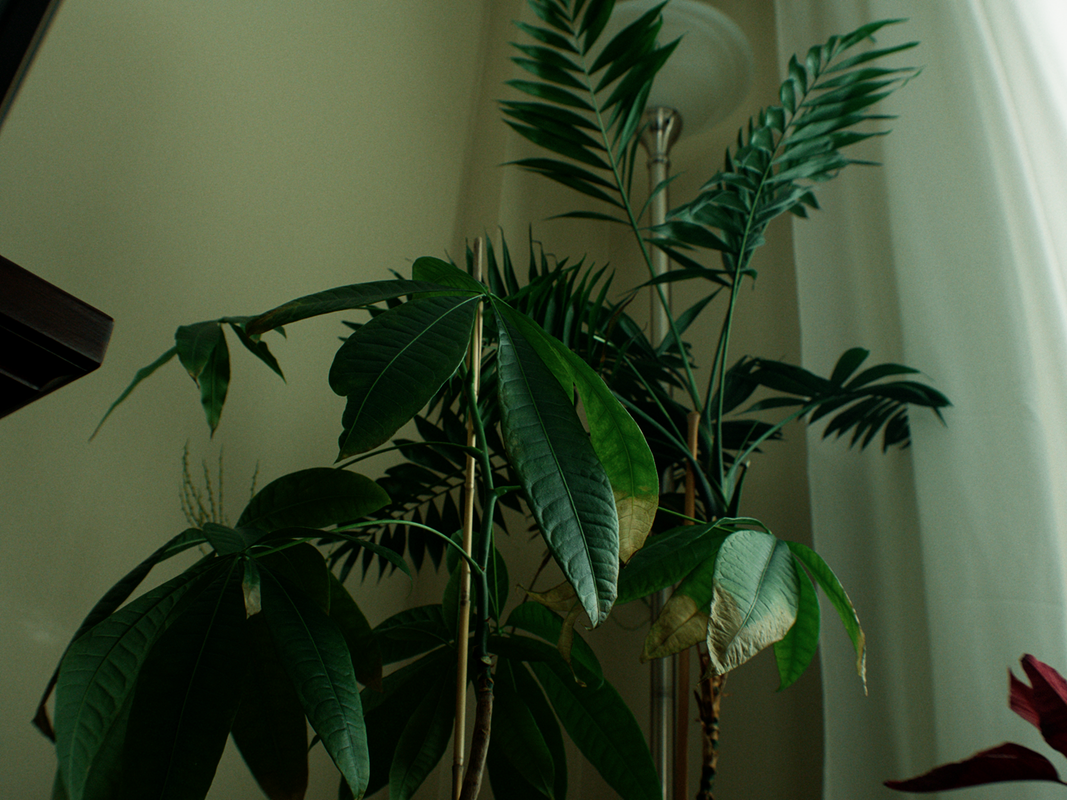







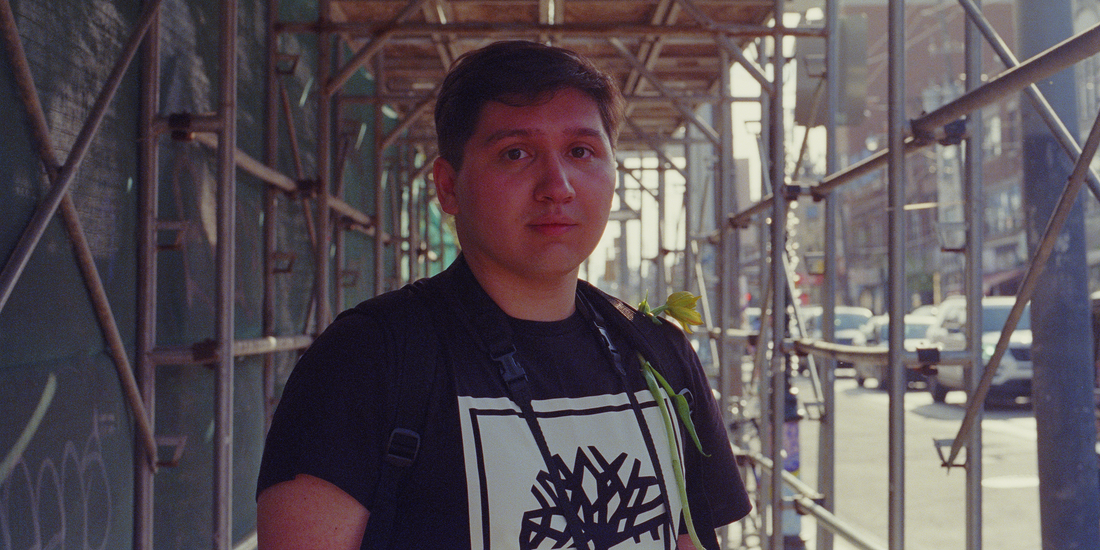


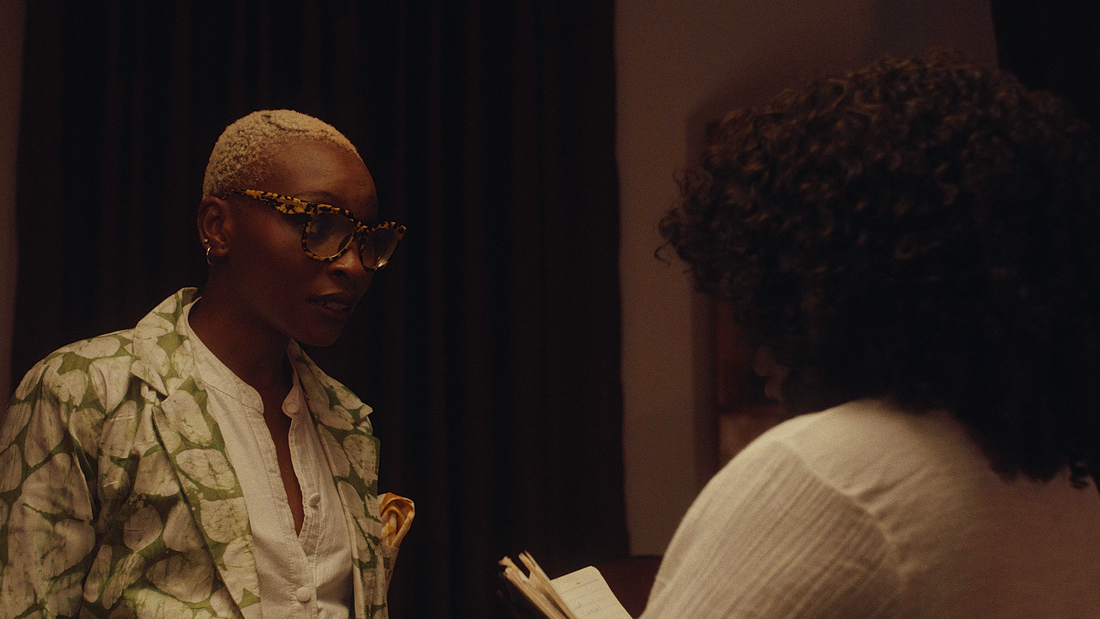
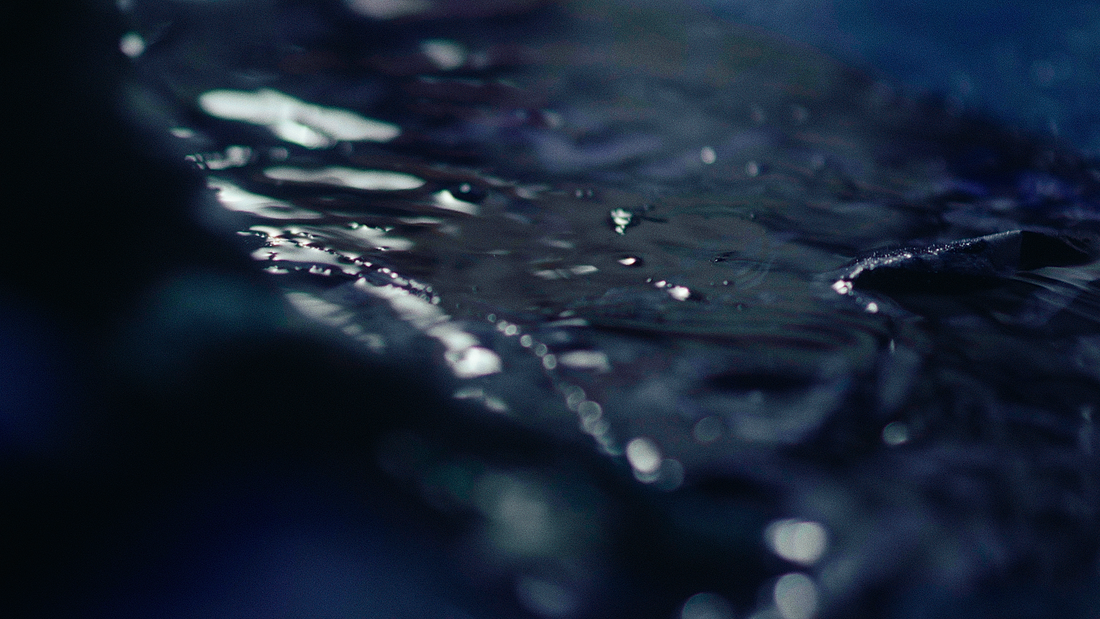












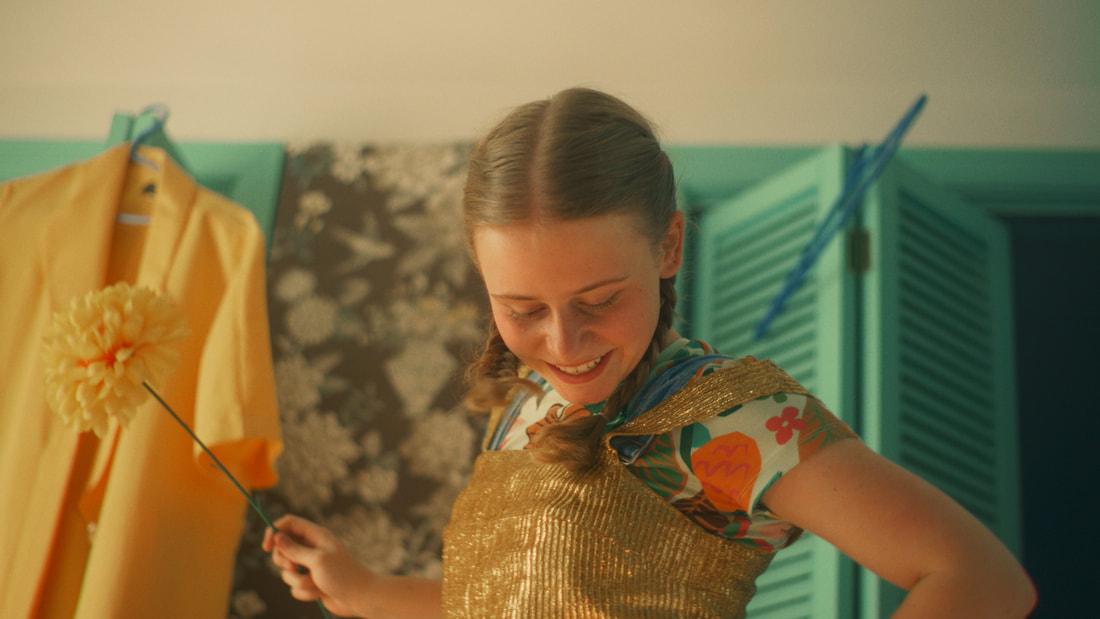
 RSS Feed
RSS Feed